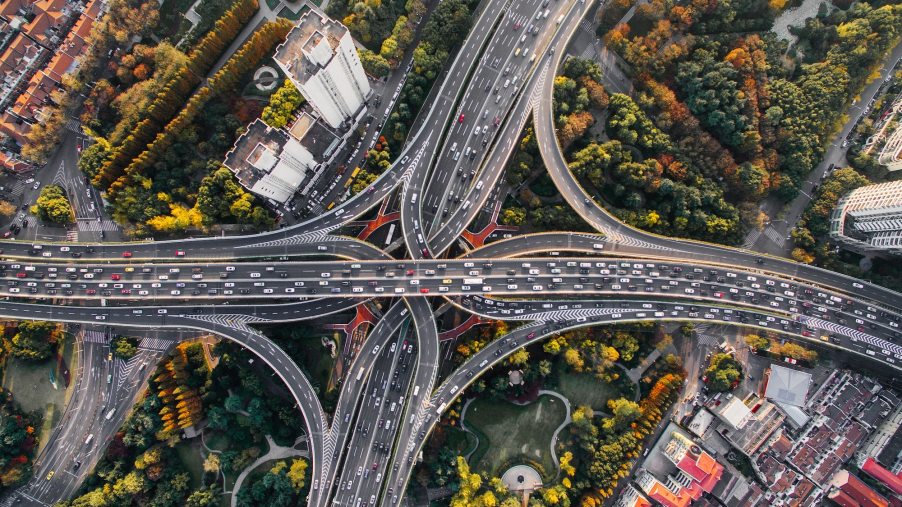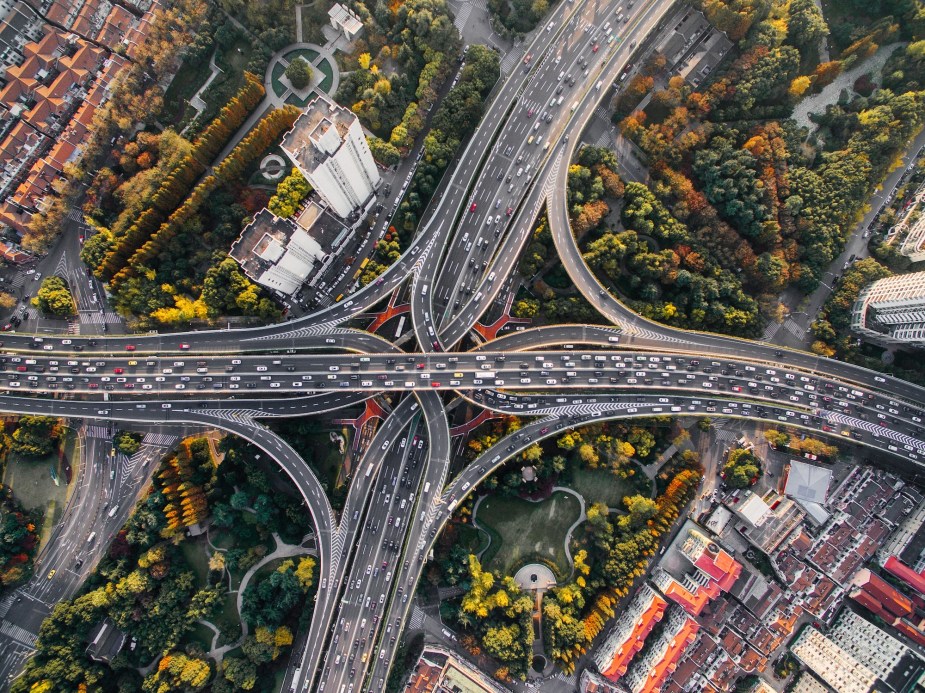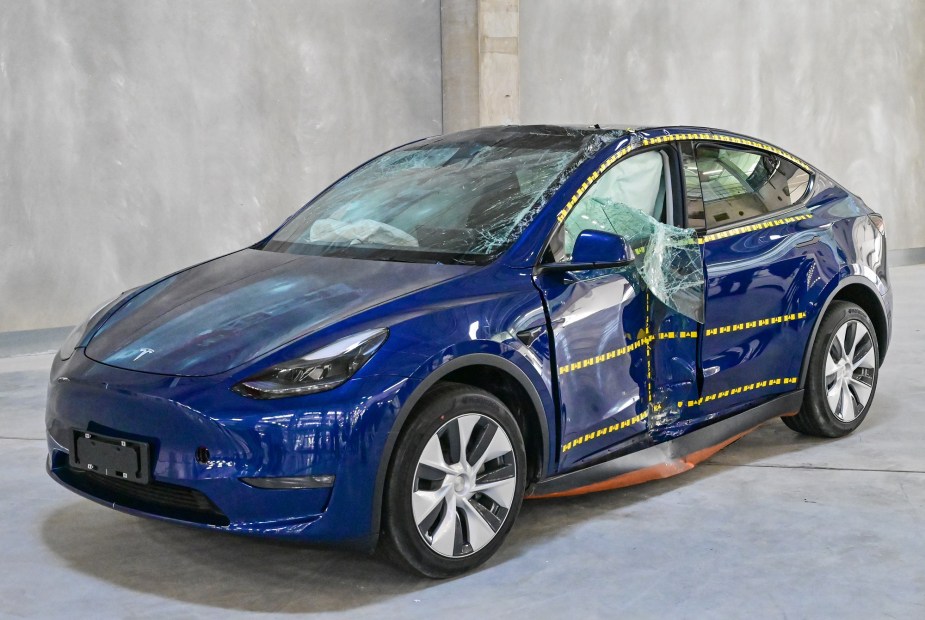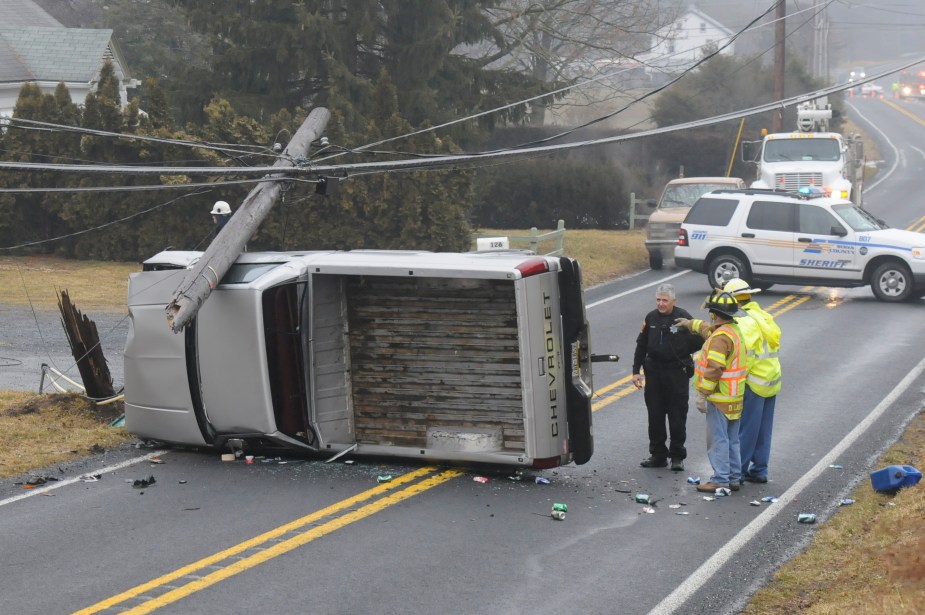
US Roads Are Getting More Dangerous
It seems that driving cars is one of the few things that we do that the longer we do it, the worse we get at it. Despite the exponential growth in our cars’ new, fancy safety features, road fatalities are still breaking records. What gives? Why are US roads getting more dangerous?

We can’t seem to stop road fatalities
In only the first three months of 2022, the NHTSA reported 9,560 road deaths. That marks the deadliest first quarter since 2002. So, after 20 years of innovation, we essentially haven’t managed to remain any safer behind the wheel.
The Drive notes a 7% increase over the same period in 2021 and a sharp 18% increase over the same time period in 2019, per the NHTSA’s study.
The stats aren’t looking great, but maybe there is an explanation.
Are cars actually getting safer?

I think the question is getting harder to answer by the day. When I was learning to drive, there was no such thing as blind spot monitoring, adaptive cruise control, collision warnings, and automatic emergency braking (or at least my cars, they didn’t). But road fatalities keep rising. Do these sensors, crash tests, and computer assistance help?
The NHTSA blames an increased number of drivers and an increase in driving, period. The miles driven per the Federal Highway Administration was up about 5.6% in the first three months of 2022 to about 40.2 billion miles.
“When everyday life came to a halt in March 2020, risky behaviors skyrocketed and traffic fatalities spiked,” said NHTSA Administrator Steve Cliff, according to Politico. “We’d hoped these trends were limited to 2020, but sadly, they aren’t.”
The NHSTA study showed that deaths have actually increased 1.27 percent for every 100 million vehicle miles traveled (VMT). This number is up from 1.25 percent per 100 million VMT from the first quarter of 2021. A small increase, but an increase nonetheless.
Is there a safer part of the country to drive than others?
We love to talk about how bad drivers are in whichever state. We all do it. Interestingly enough, we might be kind of right, at least most of us, statistically speaking. The study found that 29 states and Washington DC are projected to see higher road fatalities than last year.
The NHTSA broke the country up into 10 regions. In 6 of the 10 regions, fatalities increased. The only region that had fewer deaths was California and Arizona, which comprise their own region. Every other region either stayed the same or increased.
What’s wrong with American drivers?

With all the increased car safety features and more thorough crash testing, shouldn’t we see a decrease in deaths? Sure, more drivers hitting the roads makes sense for crashes to increase. But deaths?
We’ve seen it in Tesla’s “Autopilot” mode. Many drivers seem to be eager to buy into technologies that require us to pay less attention. While Tesla is an extreme example, all of the little sensors, assistance features, and cameras are all smaller ways to train drivers to trust the car more than their own ability to pay attention and execute driving maneuvers.
As we plow further down the road of automated automotive technology, it will be interesting to see how encouraging drivers to pay less attention will work. If the tech can get good enough, then maybe it will all work out. But it better get to working quickly because, in the interim, we’re left with tens of thousands of drivers getting more comfortable paying less attention to the road daily.



